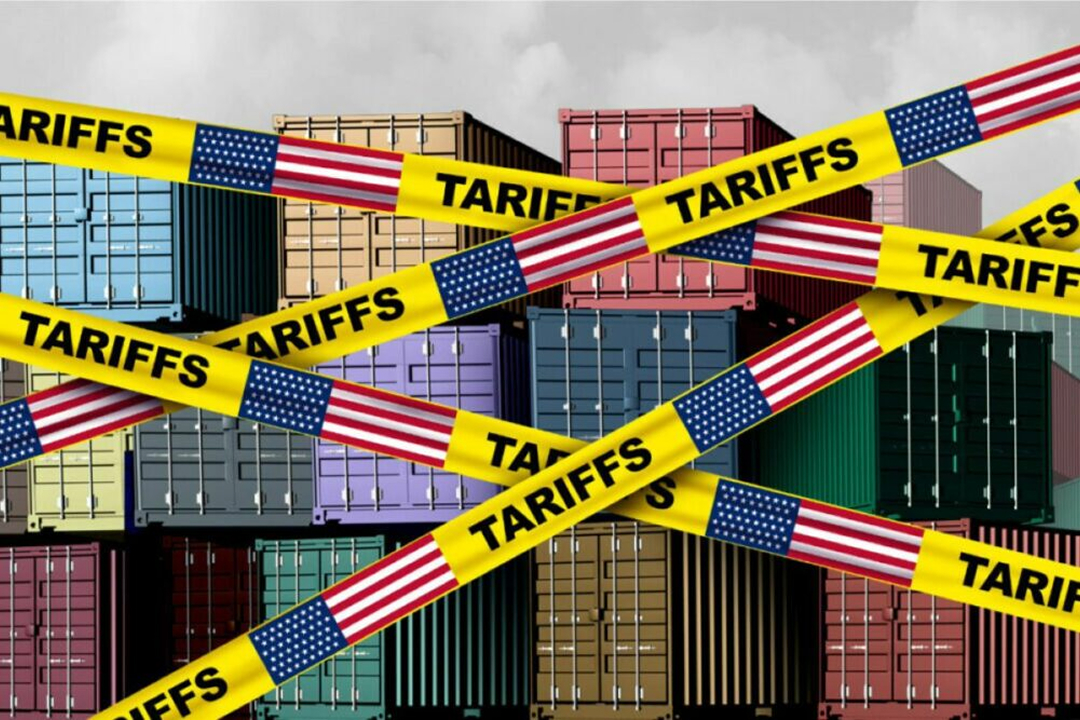Can Hollywood Survive a 100% Movie Tariff Threat? Trump’s Latest Trade War Sparks Alarm

Hollywood just found itself in the middle of a new kind of trade war.
President Donald Trump has issued a 100% tariff threat on all films made outside the U.S. In a post on his Truth Social platform, Trump accused foreign nations of “stealing the movie-making capabilities” of the U.S. He said the Commerce Department and U.S. Trade Representative had been directed to begin implementing this policy.
No timeline. No concrete plan. But the ripple effects are already rattling through Hollywood.
What’s Driving This Tariff Threat?
Trump cited national security concerns as justification, a strategy he’s employed in the past to target sectors like steel, aluminum, and semiconductors.
In his post, Trump declared that the “American movie industry is ‘DYING to a very fast death’”, blaming foreign countries for offering “all sorts of incentives” to lure film production away from U.S.soil.
It’s a familiar grievance. American productions have increasingly gone abroad in recent years, drawn by competitive tax breaks in countries like Canada, the UK, and Australia. Domestic factors, including disruptions from the COVID pandemic, the 2023 Hollywood strikes, and California wildfires, have only accelerated that shift.
Why Now?
Unlike many other industries targeted by tariffs, American film is operating at a surplus. And a large one.
In 2023, U.S.-produced movies generated $22.6 billion in exports and a $15.3 billion trade surplus, according to the Motion Picture Association. Their report noted that American films achieved a positive balance of trade “in every major market in the world.”
Over 70% of box office revenue for major U.S. films comes from international markets. Tariff threat, especially at the 100% level, could upend that model, or provoke retaliatory actions from countries that rely on U.S. content.
Already, countries like China and France have toyed with screen quotas that prioritize local content, while most backed off to encourage trade. A sweeping U.S. tariff threat could change that.
What’s at Stake for Hollywood
The reaction from the creative sector has been swift. Heeyon Kim, a strategy professor at Cornell University, warned that this proposal “makes just no sense.”
She added that tariff threat and possible retaliation from other countries “could result in billions of dollars in lost earnings and thousands of jobs.”
The International Alliance of Theatrical Stage Employees (IATSE) acknowledged Trump’s concerns about global competition. In a public statement, the union said Trump had “correctly recognized” the “urgent tariff threat” posed by international film production.
However, it urged a different solution, recommending “a federal production tax incentive and other provisions to ‘level the playing field’” without undermining the industry.
Can You Even Tariff a Movie?
The short answer? Not easily.
“Traditional tariffs apply to physical imports crossing borders,” explained Ann Koppuzha, a lawyer and lecturer at Santa Clara University. Movies are not shipped like cars or steel. Much of their production, editing, and release happens in digital spaces.
Legal experts say that taxing film production could require Congressional action. And applying tariffs to something so intangible would face logistical and legal hurdles.
There’s also the issue of hybrid productions. Big-budget films often shoot in multiple countries. Take Mission: Impossible, one of its installments was shot across five continents. Would Trump’s tariff threat apply to just the foreign scenes? Or the entire film?
The lack of clarity makes it harder for studios to plan, especially for projects already in motion.
Creative Fallout
The tariff threat could have unintended consequences for U.S. studios themselves. Many big-budget productions, even if American-funded, are shot overseas to reduce costs.
Steven Schiffman, a longtime industry veteran, emphasized that production logistics often demand global coordination. Attempting to localize everything on U.S. soil would sharply drive up costs.
He used the Harry Potter franchise as an example, noting that “the cost to have done that would have literally doubled to produce those movies under this proposed tariff.”
What’s Next?
No official policy has been signed yet. For now, this sits in the realm of political posturing, but that could change quickly.
Industry insiders expect lobbying efforts to ramp up fast. Studios are likely to pressure both parties in Congress to prevent what many see as a catastrophic blow to an otherwise thriving industry.
One possible compromise? A national production incentive plan, similar to what Georgia and New Mexico offer, but on a federal level. That might keep more shoots onshore without tanking global partnerships.
But with Trump pushing populist buttons and amplifying his tariff threat, Hollywood may not sidestep the political spotlight much longer.





